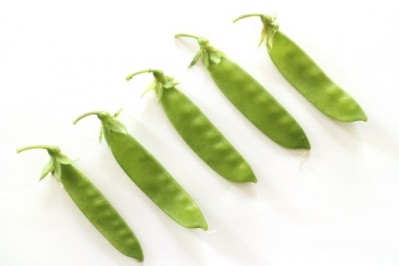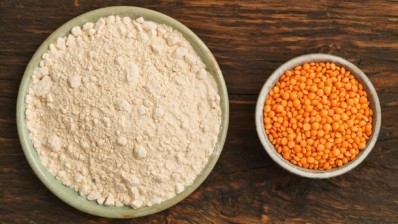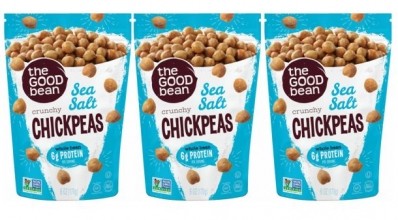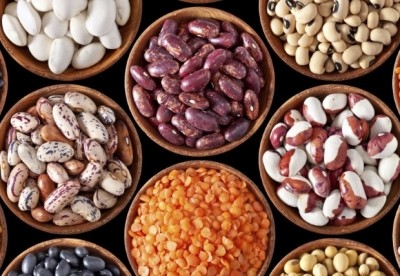FAO calls for keeping fingers on the pulse to eradicate food security
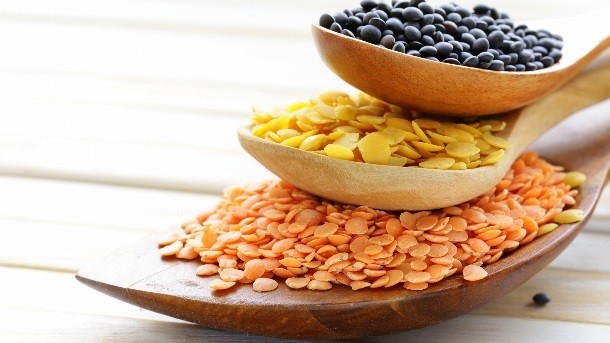
Regrettably, though, consumers are still very much in the dark about the numerous benefits that pulses, including lentils, peas and beans, provide, stated FAO deputy director-general Maria Helena Semedo at a recent Global Dialogue held in Rome.
The event offered a platform to international stakeholders to review the year's activities and discuss the nutritional, environmental and economic virtues of growing lentils and beans.
Products with a pulse
Pulses are inherently gluten-free, providing a new avenue for bakers to boost their gluten-free portfolios. According to the not-for-profit Global Pulse Confederation (GPC), they enhance the nutritional profile, too, providing fiber, protein and minerals, such as iron and potassium.
The high protein content improves the texture of baked goods, while the high fiber content extends the shelf life.
Despite the impetus of initiatives undertaken by the IYP during 2016 to promote the role of pulses in food systems, Semedo claimed that more still needs to be done.
She said that pulses should not only be revered for their nutritional qualities, but also get the policy attention they deserve.
Murat Salim Esenli, permanent representative-designate of Turkey to FAO and IYP co-chair of the steering committee, said the promotion of pulses could help foster inclusive economic growth. He added that greater attention to pulses is already opening export opportunities for countries such as Ethiopia and Myanmar.
A pulsating outlook
Semedo contended that pulses could contribute to several Sustainable Development Goals, such as nutrition, poverty, soil health and climate change. Calling it a "virtuous socioeconomic cycle," she said this would guarantee food and nutrition security for the whole community.
For example, Malawian farmers are now intercropping maize and grain legumes that has increased food security and income. Zambian women are also producing nearly half of the pulses found in school meals.
Annually, around 62m tons of pulses are grown, with Indian being the largest producer. The value of internationally-traded pulses is $7bn, with China, Brazil, Canada, Myanmar and Australia all major contributors.
Dry beans account for approximately one third of global production, followed by dry peas and chickpeas with an output of one-sixth each. Other important pulses are broad beans, cowpeas and pigeon pea.
